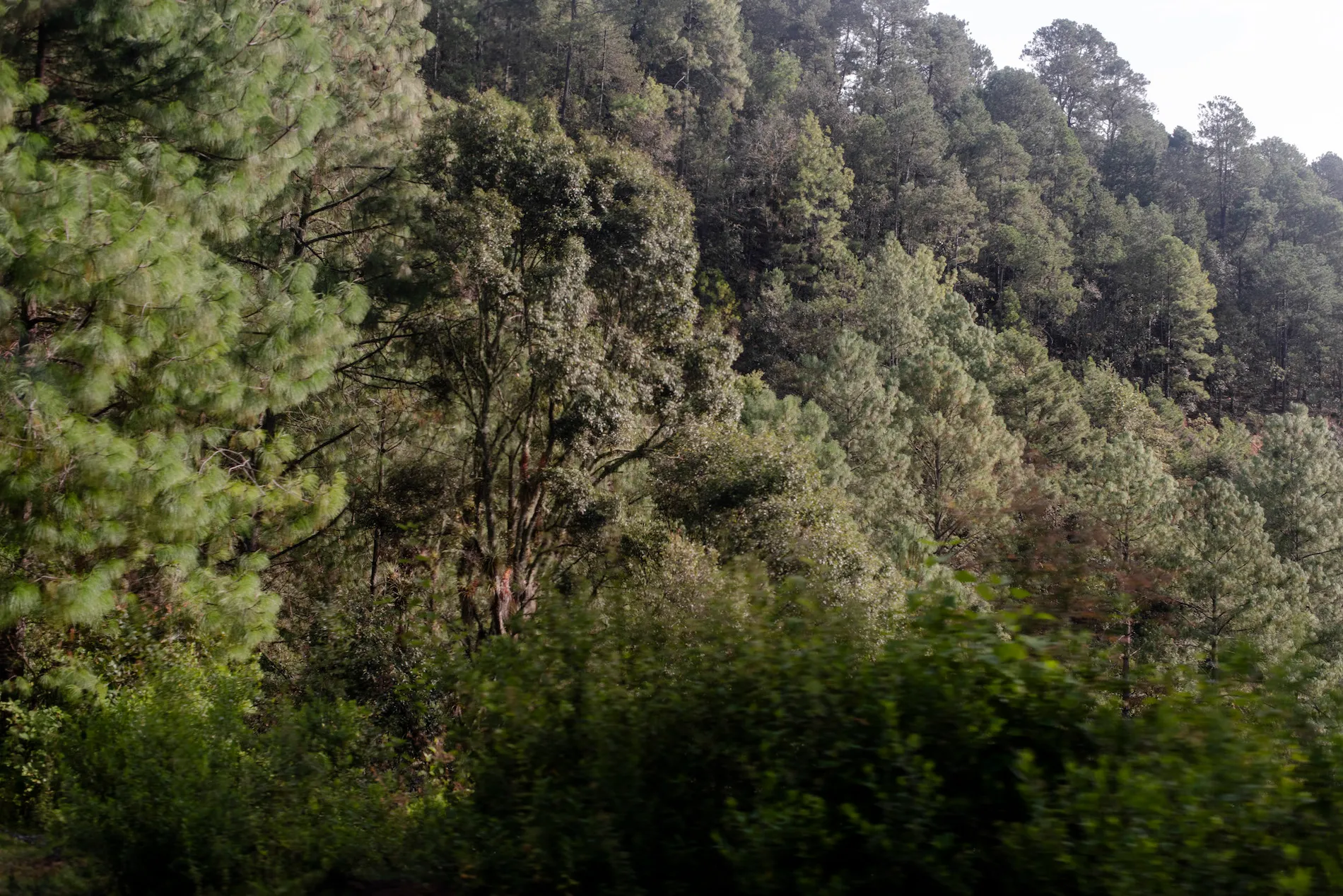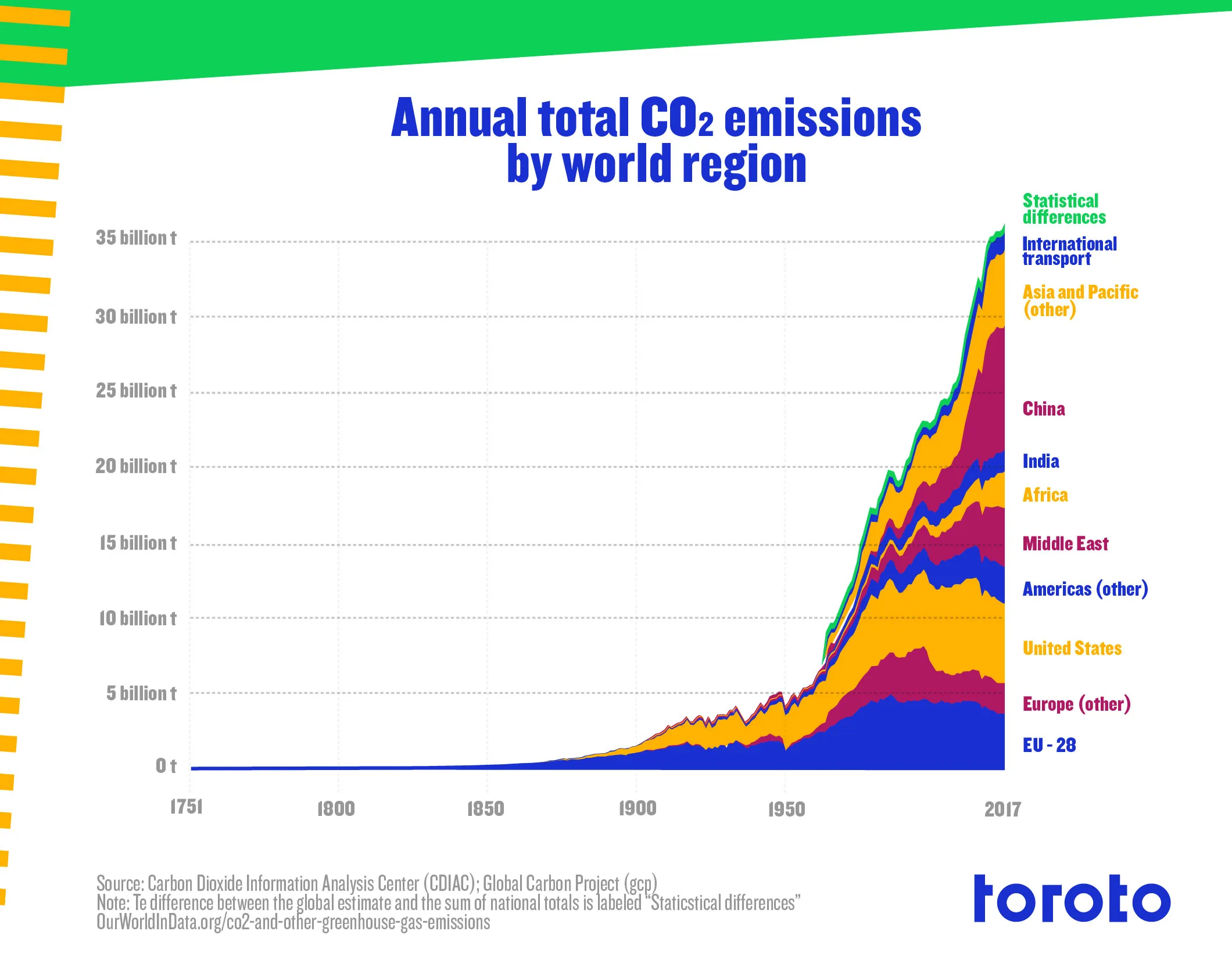What is carbon capture?



If there is an underused but powerful tool to combat the climate crisis, it's carbon capture. What is it, and what makes it so powerful? |
We all know that the amount of CO2 in the atmosphere is currently a problem. CO2, or carbon dioxide, is a greenhouse gas.
Still, we're pumping it into the atmosphere at accelerating rates. Most climate change strategies are based on reducing the amount of CO2 we produce.
Using renewable energy, implementing energy efficiency measures, promoting public transport and reducing air traffic are measures that aim to reduce the speed at which we produce CO2, but they will not be able to flatten the curve on their own.
So, it's absolutely necessary to capture CO2 from the atmosphere and put it on the Earth's surface. This is what we call carbon capture. According to the Intergovernmental Panel on Climate Change (2018), there is no way we can achieve our climate goals without carbon capture strategies.

Fortunately, there are plenty of ways to do this. Some are technical-based and others are completely based on nature.
Nature-based solutions work with the concept of photosynthesis. Remember how we were taught that plants take in CO2 and shed oxygen? Well, this is one of the most efficient ways to clean the air we breathe. Deforestation is rapidly limiting Earth's ability to do this naturally, so it's imperative that we help.
The reason photosynthesis works so well is because it does the exact opposite of a combustion reaction. When we burn fuel such as oil, gasoline or wood, the oxygen in the air reacts with the carbon in the fuel. They combine and create the infamous CO2.
When a tree photosynthesizes, it takes CO2 from the atmosphere. It separates the molecule, sending the “O2” (oxygen) part into the air. The “C” part becomes the wood of the tree, so it stays there and stops causing climate changes.
An extensive nature-based carbon capture program (such as the one in Toroto) involves managing forests on a large scale. We protect, nourish and grow forests in such a way that the forest area increases, but so does the amount of CO2 captured per hectare of forest.
The main reasons why we like nature-based solutions are:
- We get clean air because we produce oxygen
- Rural jobs are created because huge forests can only exist in rural areas
- Water is harvested by forests, and erosions are prevented
- Endemic wildlife can continue to live in these forests
Technological solutions vary widely. There are two ways to approach the solution:
1. Capturing CO2 the moment it's created and storing it
2. Sucking CO2 out of the atmosphere and then storing it
Both present challenges, and right now neither is more cost-effective than planting and caring for trees. Regardless, there are immense business opportunities
If we are able to suck CO2 out of the atmosphere and then build useful materials with this, it would be the best way to fight against the climate crisis. Imagine if we were able to replace plastic with a material made of CO2!
Some “startups” are working on it and apparently are finding promising solutions. For now, we will keep planting and caring for trees.
Explore reflections, research and field learning from our work in ecosystem restoration.